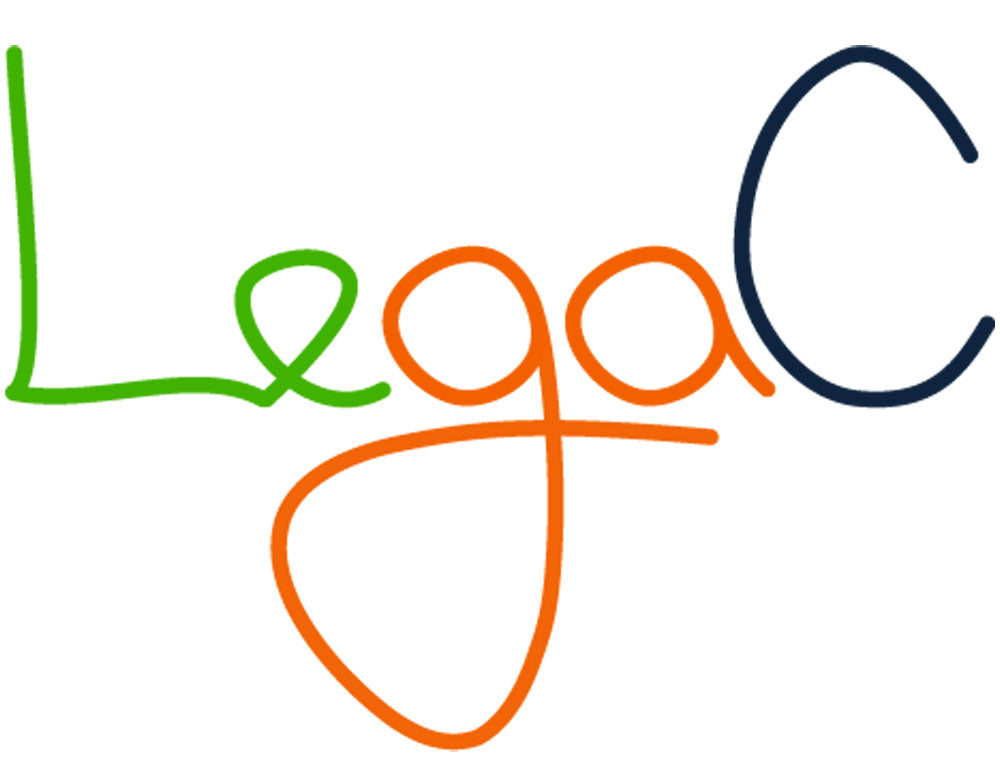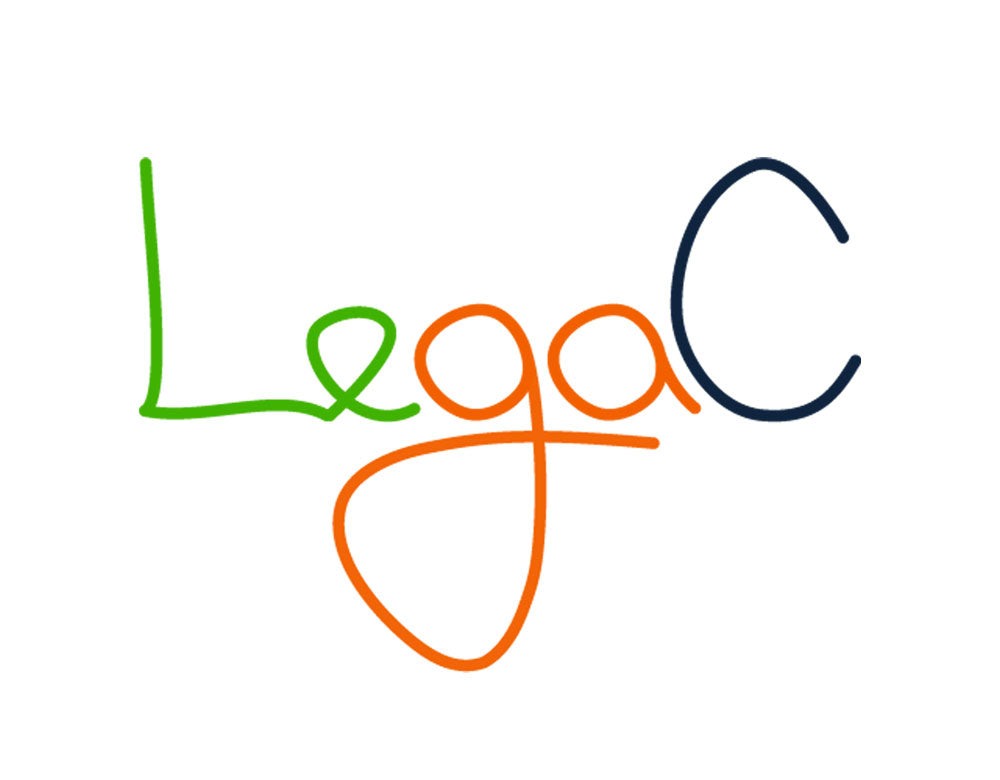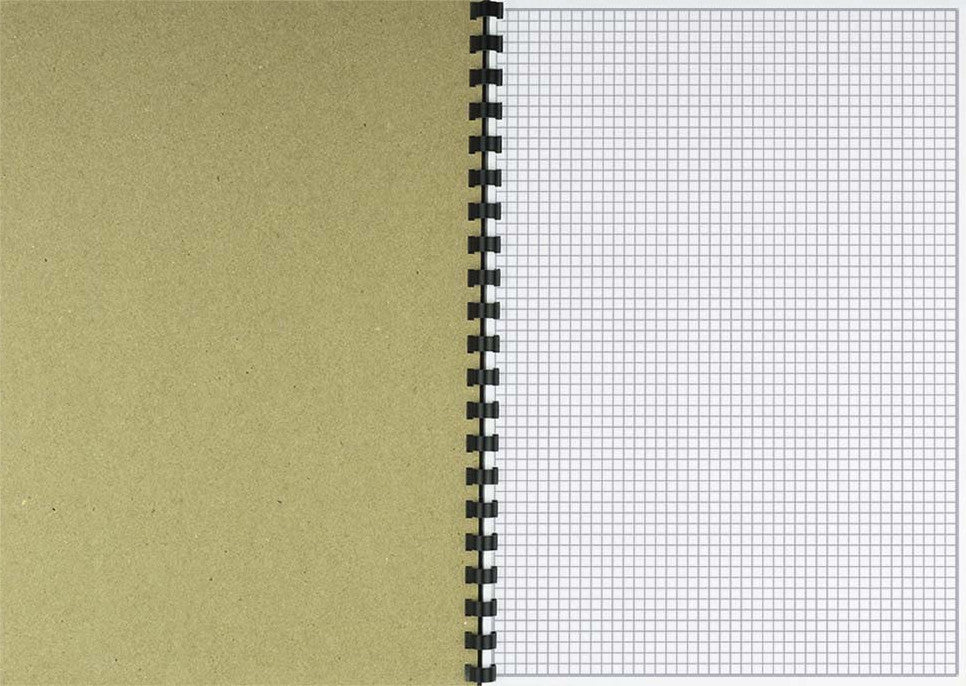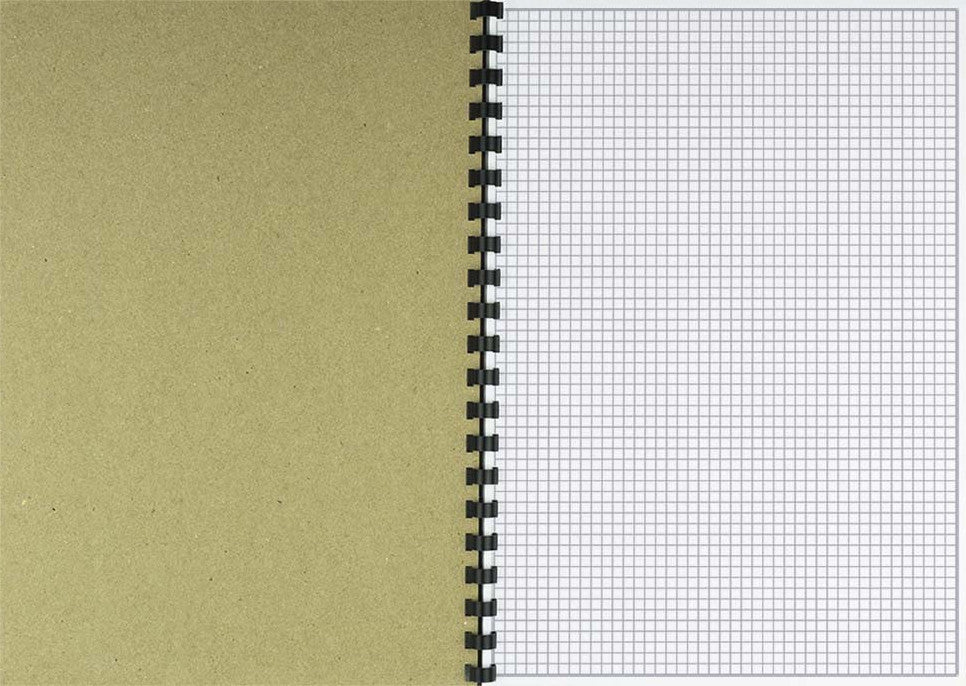Summary Notes are just another tool to help you learn, understand, recall and revise the skills and knowledge required for the subject. They could also be extremely helpful in exams if you know how to use them efficiently.
The information and advice given in this blog are intended to help you build up clear and comprehensive Mathematics Summary Notes.
1 Getting started
Download and print a copy of the VCAA Study Design for the Mathematics subject for which you are making the Summary Notes.
A link to the VCAA Mathematics Study Design is attached to the image shown.
2 Contents page
Whether you are studying for a test, a SAC or an exam or you use the Summary Notes in the final exam, a contents page helps find the required information quickly.
Write or type?
It would be easier to type this page because you will be changing headings and pages as you build your Summary Notes.
Here is an example of a Table of Contents for Further Mathematics Units 3&4. Using colours for main headings clearly defines the areas of study and the modules.


3 Content
Write or type?
I would actually do both. I would write by hand concepts, formulas, theorems that you need to memorise. It is important to memorise these because, when you read a question, you would be able to make connections between what the question is asking and the theory required. I would construct graphs and other diagrams on a computer. Graphs and diagrams have to be clear and accurate so that you can refer to them easily.
What to write?
- concise statements. Using dot points to write main ideas or concepts is more useful than writing full sentences with too many words that take time to read. Dot points can be easily skimmed through quickly.
- all information written must be correct. If in doubt, at any time, ask a teacher to check your notes for accuracy.
- try to replace writing with diagrams/concept maps/graphs or any other visual aids. Remember that we are all visual learners to some extent. Here is an example.
The gradient of a line represents the steepness of the line. It is denoted by the letter m and can be calculated by dividing the rise by the run.
Visual of concept


- understand the concepts you write. It is not enough to write a concept you do not understand. Ask your teacher or a friend to explain the concept to you again. Look for videos and/or other online resources that might use a different way of explaining the concept. Most importantly; do not give up. Some mathematical concepts are harder to understand; it takes a bit longer to make sense.
- use colours. Many studies have shown that colour can be effective in the learning process. Here is an example of colour coordination between theory and practise.

- concept maps are great learning tools. Concept maps can summarise a whole topic on one page. Here is an example of a concept map for Kinematics in Specialist Mathematics.





